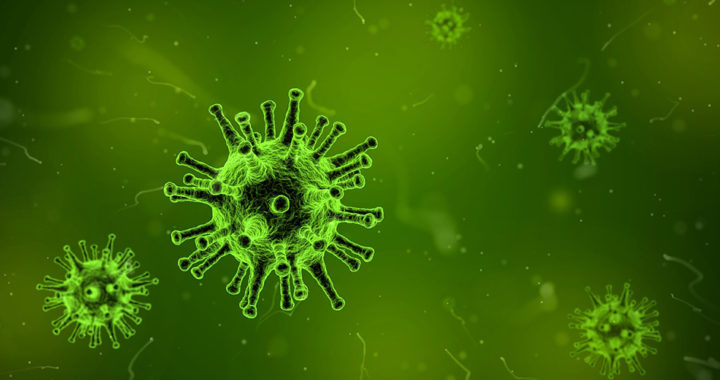The two major types of human immunodeficiency virus are HIV-1 and HIV-2. Note that HIV-1 is the most widespread cause of HIV infection in the world. It was also discovered first in 1981 and initially termed as Lymphadenopathy Associated Virus or LAV and Human T Cell Lymphotropic Virus III or HTLV-III. On the other hand, HIV infection caused by HIV-2 is chiefly predominant in western Africa although it is becoming more common in India.
HIV-1 vs. HIV-2: What Are The Differences?
Remember that HIV-1 is more prevalent worldwide than HIV-2. It accounts for more about 95 percent of HIV infections across the globe. The distinction in global prevalence stems from more specific differences between these two types of HIV.
1. General Differences Between HIV-1 and HIV-2
For starters, HIV-2 is more than 55 percent genetically different from HIV-1. This genetic discrepancy also translates to some degree of antigen distinctions. Some tests developed for detecting HIV-1 may not reliably detect HIV-2. However, third-generation, fourth-generation, and rapid tests are not capable of reliably detecting both types of HIV.
Another notable difference between HIV-1 and HIV-2 is their degree of virulence and infectivity. HIV-1 is more virulent and more infective than HIV-2. It has more ability to infect and damage a host cell. Furthermore, it also has more capacity for horizontal transmission within a population. This explains why HIV-1 is more widespread around the world than HIV-2.
On the other hand, HIV-2 has lower virulence activity, inefficient infectivity, and reduced capacity for transmission when compared to HIV-1. These characteristics imply that unlike HIV-1, fewer of those exposed to HIV-2 will be infected per exposure. Once it successfully infects a host cell and replicates within the human body, it usually takes longer to progress to symptomatic HIV infection and AIDS.
2. Specific Differences Between HIV-1 and HIV-2
It is also essential to understand the structural or the specific biological differences between these two types of HIV. HIV-1 has the Vpu gene while HIV-2 has the Vpx gene. The Vpu gene encodes the Vpu protein that is responsible for degrading the viral receptor molecule of CD4 protein found on helper T cells and other immune cells such as monocytes, macrophages, and dendritic cells. The Vpu same protein is also responsible for enhancing the release of newly formed virions from the cell surface.
The Vpx gene found in HIV-2 encodes the Vpx protein. This protein is primarily responsible for counteracting the host fact SAMHD1 found in human myeloid cells, such as dendritic cells and macrophages. The absence of the Vpu gene and Vpu protein in HIV-2 suggests that it has lesser ability to attack CD4+ cells or helper T cells than HIV-1. Thus, in patients with HIV infection due to HIV-2, helper T cell depletion is slower than in infection caused by HIV-1.
Of course, both types of HIV have several similarities. They are both transmitted through the exchange of body fluids such as blood, semen, and vaginal fluids, as well as through a pregnant mother and her unborn child. Both can progress to AIDS, but HIV-1 is more potent in disrupting the immune system because of its effects on helper T cells. HIV-2 progresses slowly, and some infected patients can live normal lives for years without depending on antiretroviral therapies.
